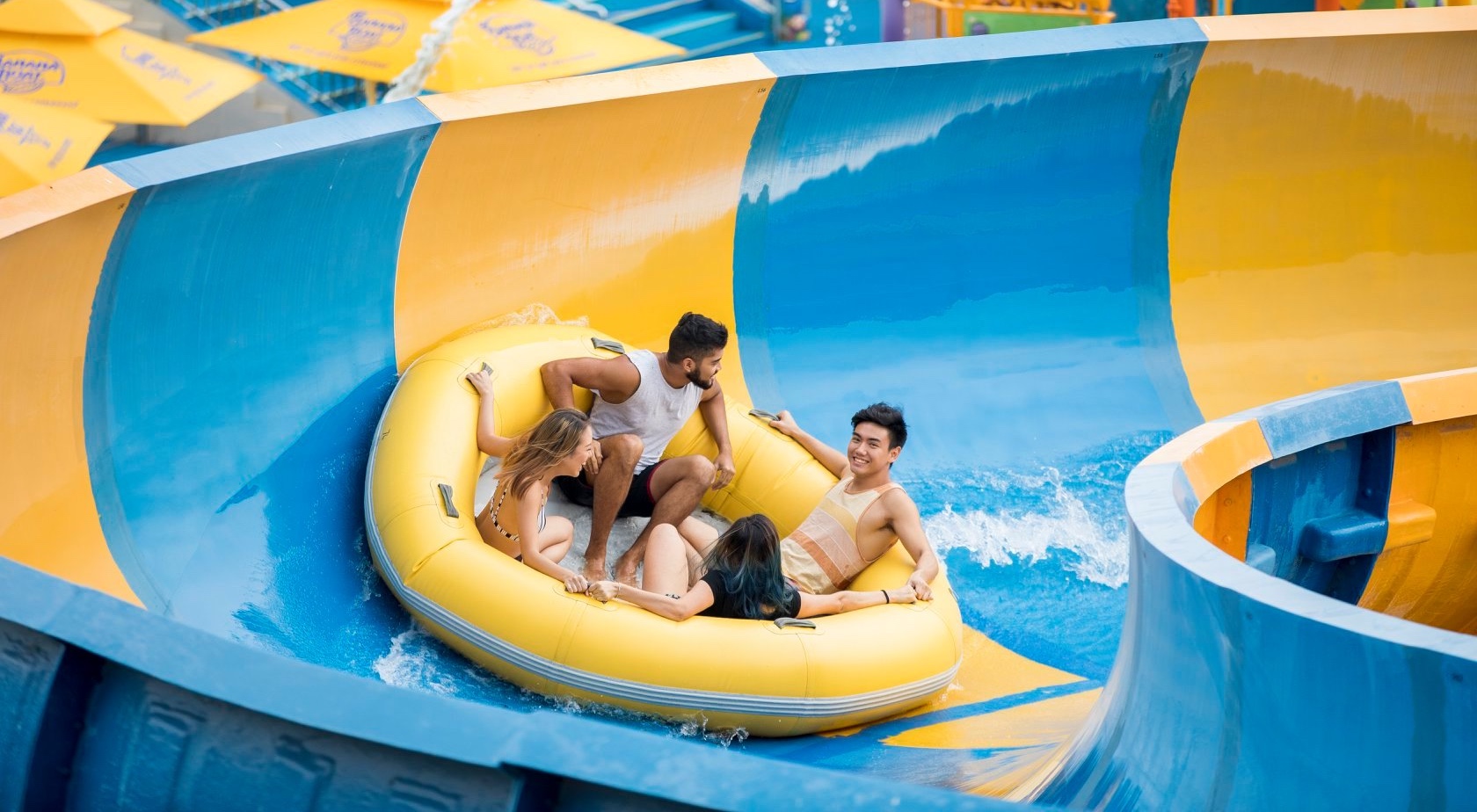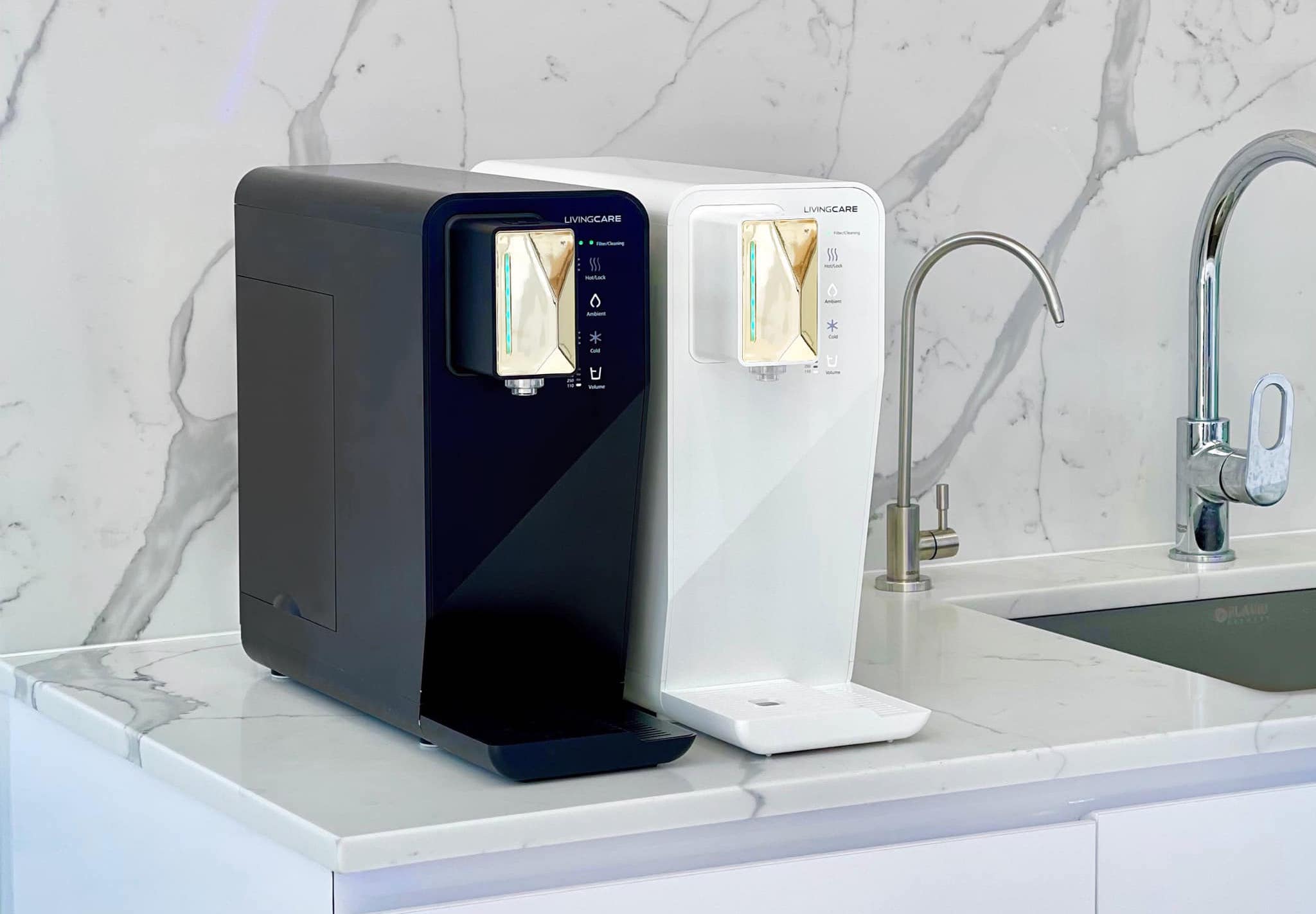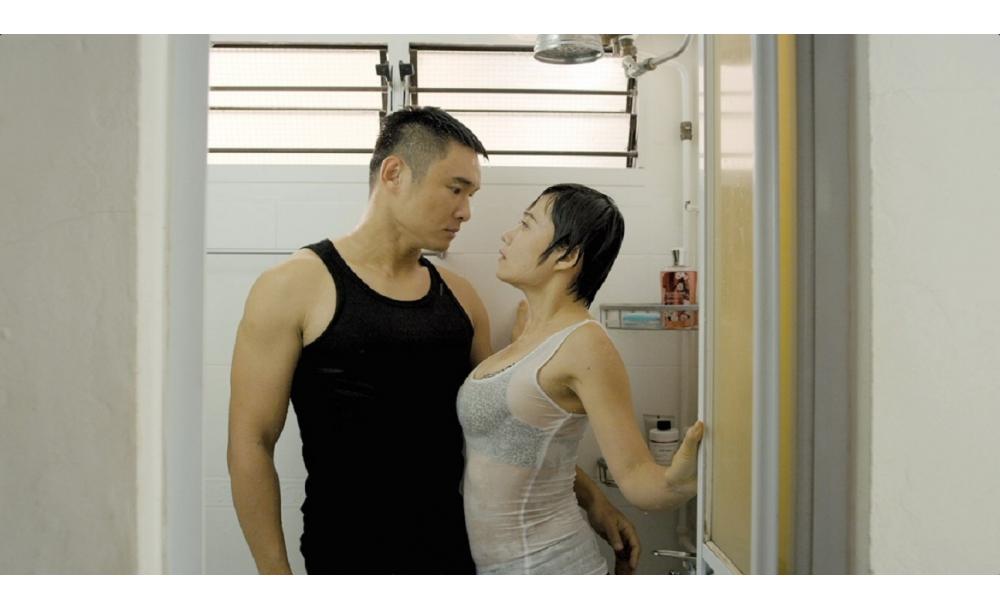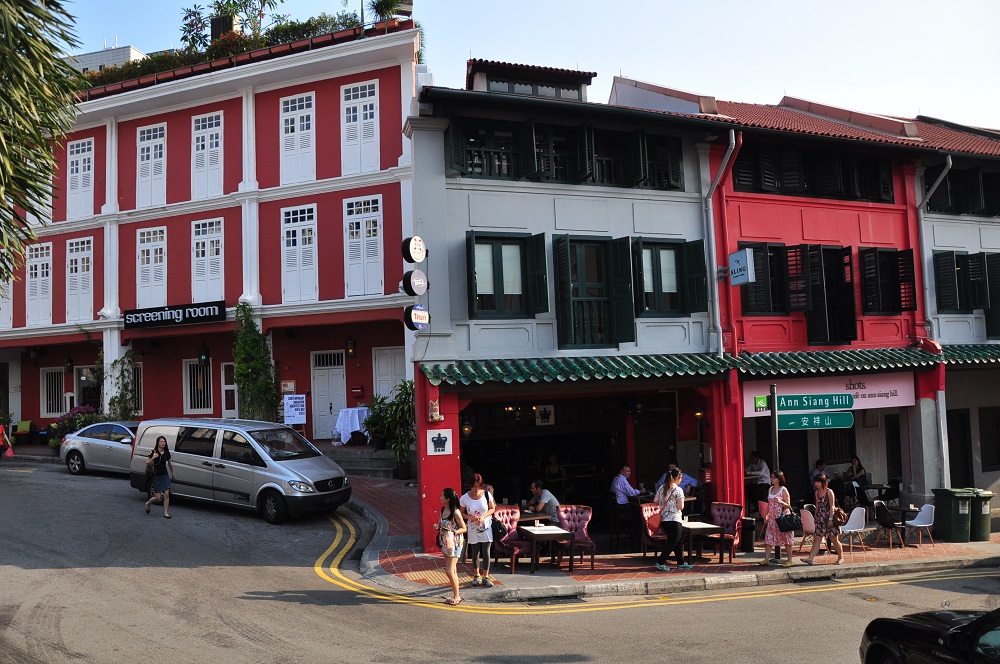Projection mapping fatigue sure sounds like a 21st century concept. But if you’ve been enjoying viewing the large-scale artworks, take heart in the knowledge that they won’t be going anywhere anytime soon. While the medium might have become a mainstay of art festivals in recent years, those in the business believe it’s just the beginning of something great.
Multi-media artist Brandon Tay has been dabbling with the medium since 2009—“a point when it was still not yet so well-supported”—and only seen interest in it grow.
Also known as video mapping, the technology involves projecting a visual onto an often irregular display surface. At the ongoing Light to Night Festival 2018 (LTN), that display surface stretches to include The Arts House at the Old Parliament, Asian Civilisations Museum, Victoria Concert Hall, and National Gallery Singapore. This is the second time the Civic District has been so thoroughly utilized in an outdoor projection mapping installation. In 2017, the first Civic District Outdoor Festival took visitors on a multimedia projection trail around the four institutions.
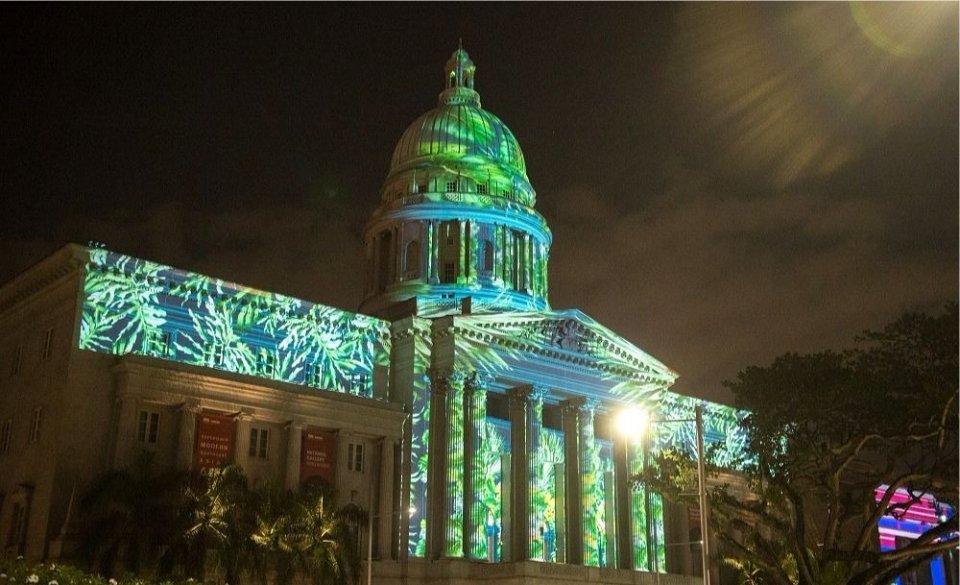
Art Skins on Monuments
Outside of the Civic District, free large-scale events like the annual Singapore Night Festival, i Light Marina Bay, and even the annual Marina Bay Countdown tap on the medium as a public art. It’s almost become a mandatory attraction for any art festival nowadays; but many pin its beginnings in the context of art in Singapore to the first edition of the Night Festival in 2012.
On why he feels projection mapping is so well-received by the masses today, Tay said, “I actually think it speaks to people on a very deep level—it’s like how human beings have a relationship with light, especially at night. So groups of human beings, whether they gather around a fire, or in the cinema, or around the projection mapping; it’s a very primal thing that they’ll stare at a bright thing at night, like the moon.”
The light show featured at LTN 2018, which ends Jan 28, is a curatorial effort between Tay and fellow artist Safuan Johari. Called Art Skins on Monuments, it features 30 designs from 30 Singapore and Singapore-based artists, that range from static illustrations to animations.
Tay and Johari, both 36, are part of local art collective Syndicate, and have collaborated multiple times in the past on projection mapping and multimedia projects. Art Skins, however, is their first show operating in a curatorial capacity.
In collecting artworks, they called upon both friends and strangers in the industry. Their main criterion was picking artists who aren’t established in the medium, to cover a wide range of works, said Johari. “We wanted to work with artists who don’t really work with projection mapping; to have a fresh look at it,” added Tay.
Creating an artwork for mapping onto architecture isn’t as simple as just making it big. To help the artists get a grasp of the process, Tay and Johari created 3D models of the buildings, as well as an app, so they could see their pieces in three dimensions, to work with or around the architecture.
Creative agency fFurious contributed two artworks, projected on the facades of the Asian Civilisations Museum and Victoria Concert Hall. The first is a variation of an acrylic sculpture installation commissioned by the museum, called Curious Creatures. For founder Little Ong, it was in line with the agency’s goal to explore new mediums and push boundaries.
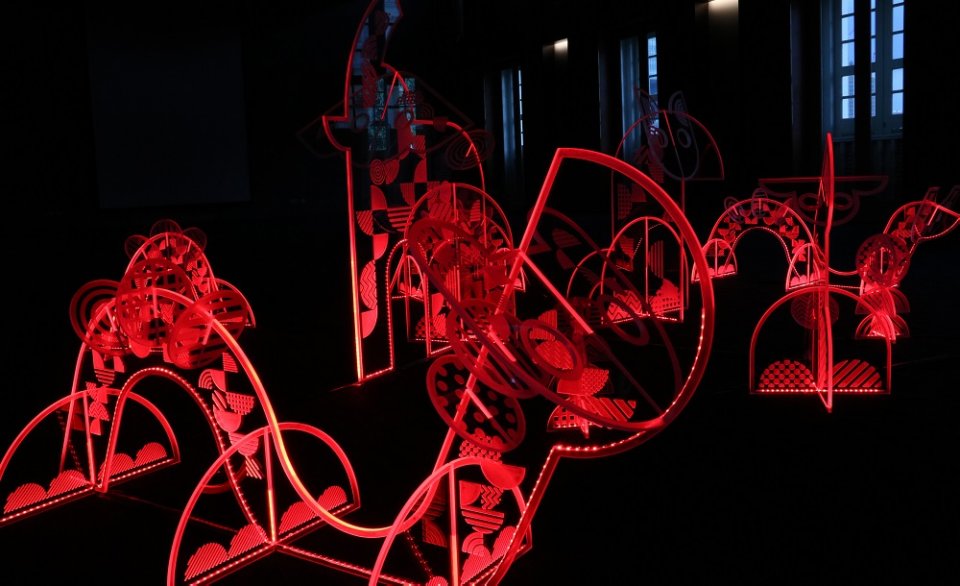
Curious Creatures by fFurious
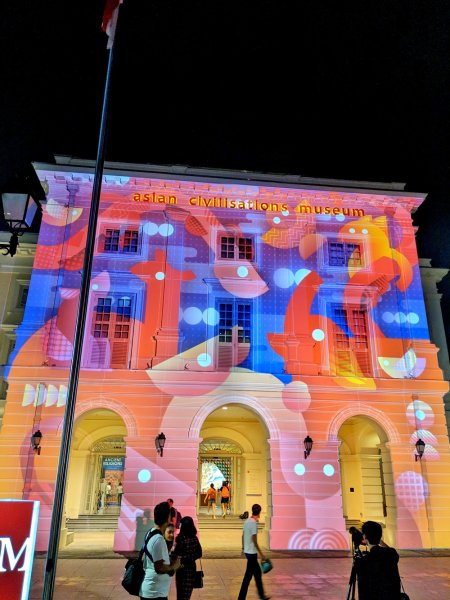
While Ong has been doing video and projection work since fFurious’ conception in 1999, this is his first time projecting onto a building on this scale. “For us the fun thing is figuring out a creative process and learning a material, then figuring out how far we can push it,” Ong said. “What’s most important to us is seeing where we can stretch the medium.”
It’s a literal stretch. The origins of projection mapping can be traced back to 1969 in Disneyland, when “faces” of actual performers were projected onto stone busts in the park’s Haunted Mansion ride. By the ‘90s, it had gradually entered into the consciousness of museum-goers.
Moving on to mapping bigger landscapes is just a natural progression in pushing the medium, say artists. In 2012, Tay and Johari were commissioned by the People’s Association to do a piece on two HDB blocks in Punggol—the first large-scale projection mapping installation on public housing blocks in Singapore.
“It was a very typical CC (community center) event—you had your uncles, grandparents, kids and all that. So the first time it got pinned up, everyone was like ‘whoa, what the hell is this?’” said Johari. “But even today there’s still a wow factor, because you know you’ve seen these buildings before, but then you give them a new light—pardon the pun.”
PASSION ARTS PROJECTION MAPPING from brandon tay on Vimeo.
And if it seems like the reliance on projection mapping in festivals has become tired, don’t hold your breath. Both artists feel it’s only “inevitable” that a new medium or technology brings with it a sense of stagnation.
“If you think about something like cinema for instance, in the first days all the videos were about trains coming towards you; the jump cuts and all that,” said Tay. “But then I think there will come a time when somebody really understands the medium and tries to subvert it—and we haven’t approached that with projection mapping as of yet.”
“I think the jump will happen conceptually; it won’t be a scale thing—unless you can map the moon,” he added.
Till then, it looks like we’ll be seeing even more of the dazzling displays in festivals to come. So don’t worry if you don’t manage to catch the projection mappings at LTN in its home stretch; the next one is just around the corner.


